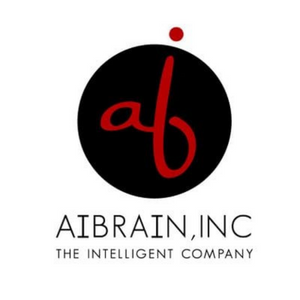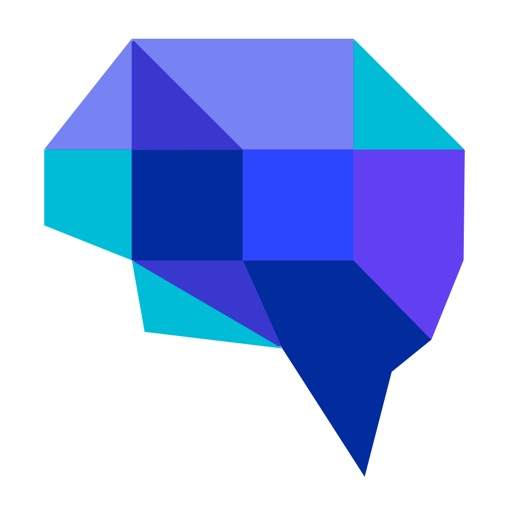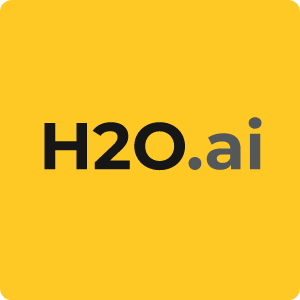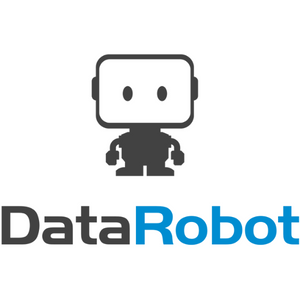- Artificial intelligence is the simulation of human intelligence processes by machines, especially computer systems. Specific applications of AI include expert systems, natural language processing, and speech recognition, and machine vision. The increase in data values is given arise to big data which helps to manage huge data data science helps in analyze that data so the science associate that data is going to award a new paradigm where one can teach machines to learn from data and derive a variety of useful insights giving rise to artificial intelligence. AI is redefining industries by providing greater personalization to users and automating processes, one examples of AI is self-driving cars these cars are computer controlled cars that drive themselves.
- I phone users can experience the power of Siri the voice listens to your voice commands to perform tasks, for an instant you can ask to play music, or for a call Siri is convenient to use. AI is the engineering of making intelligent machines and programs. includes following areas of specialization:-
- Game Playing
- Expert System
- Natural Language processing
- Robotics
- Neural Networks
Machine Learning is a subset of artificial intelligence, so when we look at something like alpha go it is often portrayed as a big success of deep learning but it’s actually a combination of ideas from several different areas of AI and machine learning deep learning reinforcement learning self plays Cetera and the idea behind neural networks is not new but it dates back to 1950s however it became possible to practically implement it only when we have the new high-end resource capability.
AI applications include advanced web search engines i.e.- Google, recommendation systems used by YouTube, Amazon, and Netflix, the highest level in strategic game systems such as chess.
- As machines become increasingly capable, tasks considered to require “intelligence” are often removed from the definition of AI, a phenomenon known as the AI effect. For instance, optical character recognition is frequently excluded from things considered to be AI, having become a routine technology.
History Of AI
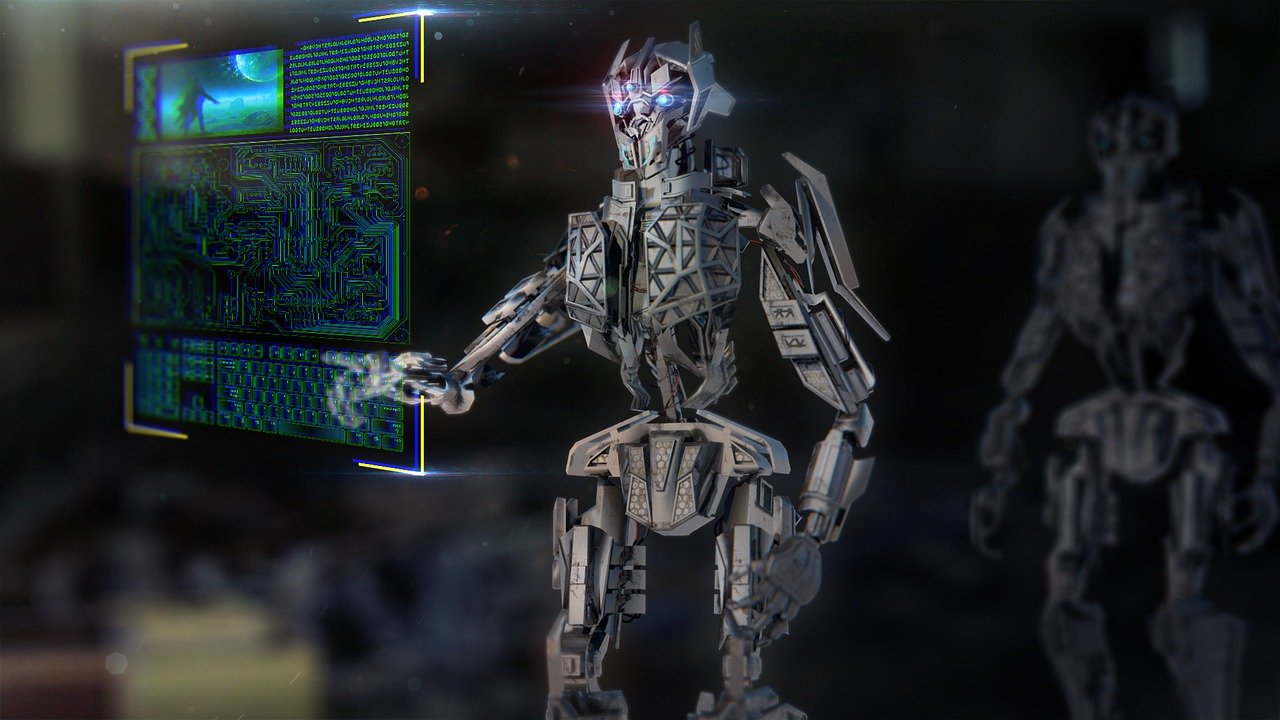
- The concept of AI goes back to the classical ages under Greek mythology the concept of machines and mechanical men were well thought of so an example of this is Talos. Talos was a giant animated bronze warrior who was programmed to guard the island of Crete. Now 1950 was speculated to be one of the most important years for the introduction of artificial intelligence. In 1950 Alan Turing published a paper in which he speculated about the possibility of creating machines that think so he created what is known as the Turing Test, this test is basically used to determine whether or not a computer can think intelligently like a human being. He noted that thinking is difficult to define and devised his famous Turing test so, basically, if a machine can carry out a conversation that was indistinguishable from a conversation with a human being it was reasonable to say that the machine is thinking to mean that the machine will pass the Turing test.
- Now unfortunately up to this date we haven’t found a machine that has fully cleared the Turing test. The truing test was the first serious proposal in the philosophy of artificial intelligence. In the era of 1951, this was also known as the Game of AI. In 1951 by using the Ferranti Mark 1 machine of the University Manchester a computer scientist known as Christopher Strachey wrote a checkers program and at the same time a program was written for chess as well. Now these programs were later improved and redone but this was the first attempt at creating programs that could play chess or that would compete with humans in playing chess. This is followed by the year of 1956 now this is probably the most important year in the invention of AI, because in 1956 for the first time the term AI was coined by John McCarthy at the Dartmouth Conference in 1956. Coming to the year 1959 the first AI laboratory was established this period mark the researched era for AI. The AI lab where research was performed is the MIT lab, which is still running till date.
In 1960 the robot was introduced to the general motors’ assembly line. In 1961 the first chatbot was invented now we have Alexa, Siri, In 1961 there was a chatbot known as Eliza which is introduced, this is followed by the famous IBM Deep Blue. In 1997 the news broke down that IBM’s Deep Blue beats the world champion, Garry Kasparov, in the game of chess this was kind of the first accomplishment of AI, it was able to beat the world champion at chess. In 2005 when the DARPA Grand Challenge was held a robotics car named Stanley which is built by Stanford’s racing team won the DARPA Grand Challenge there was another big accomplishment of AI. In 2011 IBM’s question answering system Watson defeated the two greatest Jeopardy champions, Brad Rutter and Ken Jennings. Nowadays it’s the most important technology in today’s world, now you look around everywhere everything around us is run through AI deep learning or machine learning. Since the emergence of AI in the 1950s we have seen exponential growth and its potential.
Since the emergence of AI in the 1950s we have seen exponential growth and its potential.
In 2018 Google releases the natural language processing engine BERT, reducing barriers in translation and understanding by machine learning applications. And Waymo launches its Waymo One service, allowing users throughout the Phoenix metropolitan area to request a pick-up from one of the company’s self-driving vehicles. In 2020 Baidu releases its LinearFold AI algorithm to scientific and medical teams working to develop a vaccine during the early stages of the SARS-CoV-2 pandemic. The algorithm is able to predict the RNA sequence of the virus in just 27 seconds, 120 times faster than other methods.
Types Of Artificial Intelligence
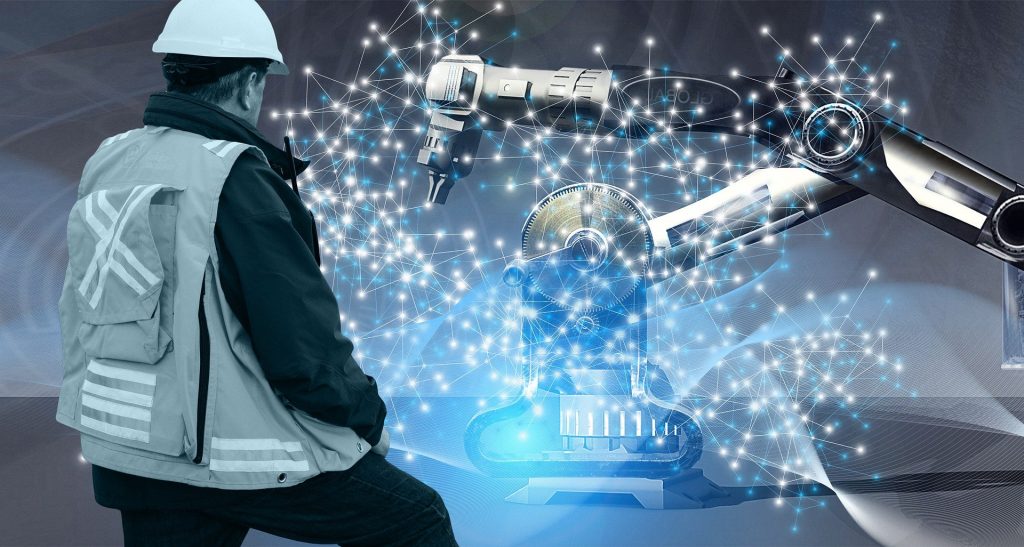
- Types of Artificial Intelligence, it is important to understand how Artificial Intelligence has been classified. The two crucial factors based on which the various types of AI are categorized are functionality and technology.
Types Of AI (Based On Functionality) :
1. Reactive Machines
- The basic form of AI works only with present data and doesn’t have past memory to process information.
2. Limited Memory
- Limited Memory AI learns from past data to make decisions. The memory of such a system is short-lived. Some of the decision-making functions in self-driving cars like Tesla are designed this way.
3. Theory of Mind
- Theory of mind exists as a concept and should be able to understand people’s emotions, sentiments, and thoughts. Examples like kismet a robot, Sophia is a social humanoid robot developed by Hong Kong-based company Hanson Robotics. Cameras within Sophia’s eyes combined with computer algorithms allow her to see. She can follow faces, sustain eye contact, and recognize individuals. She is able to process speech and have conversations using a natural language subsystem.
4. Self-Aware
- Self-awareness AI only exists hypothetically. Such systems understand their internal traits, states and conditions and perceive human emotions.
Types Of AI (Based On Technology) :
1. Artificial Narrow Intelligence (ANI)
- Narrow AI focuses on one narrow task and cannot perform beyond its limitations. It’s widely used for NLP. IBM Watson is an example of ANI.
2. Artificial General Intelligence (AGI)
- General AI has the ability to understand and learn any intellectual task that a human being can, it allows the machine to apply knowledge and skills to different context. I.e. – The Tianhe-2 supercomputer which is created by china’s National University of defiance technology.
3. Artificial Super Intelligence (ASI)
- Super AI exceeds human intelligence and can perform any task better than a human. Its existence is still hypothetical.
How Does It Work

- Artificial intelligence uses machine learning to mimic human intelligence. The computer has to learn how to respond to certain actions, so it uses algorithms and historical data to create something called a propensity model. Propensity models will then start making predictions like scoring leads or something. AI can do much more than this, but those are common uses and functionality for marketing. And while it might seem like the machines are ready to rise up and take over, humans are still needed to do much of the work.
- Mainly, we use AI to save us time adding people to email automation and allowing AI to do much of the work while we work on other tasks. AI requires a lot of computing power recently many advances have been made complex deep learning models are deployed. One of the most famous applications of AI is the google predictive search engine, these searches are based on data that goggle collects about you such as browser history, location, age, and personal details. By using artificial intelligence google attempts to guess what you might be trying to find behind this there is a lot of NLP processing deep learning and machine learning involved. J.P. Morgan chase’s contract intelligence platform uses AI machine learning and image recognition software to analyze legal documents. In social media, Twitter is used to identify hate speech and terroristic languages in tweets. Face reorganization in smartphones it’s all AI behind these.
Example Of AI
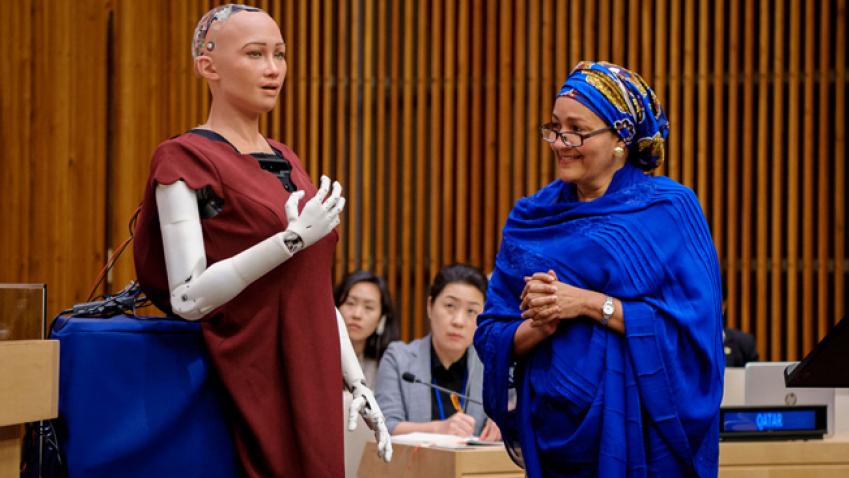
- Sophia is a social humanoid robot developed by Hong Kong-based company Hanson Robotics. Sophia was activated on February 14, 2016. Her inventor’s name is David Hanson. Sophia has a sense of humor, She can express feelings, She was designed to look like Audrey Hepburn. According to Hanson Robotics, Sophia symbolizes Hepburn’s classic beauty: porcelain skin, a slender nose, high cheekbones, an intriguing smile, and deeply expressive eyes that seem to change color with the light. They describe her as having ‘simple elegance‘. Sophia has graced the cover of Elle magazine, appeared on Chinese television, spoken before the United Nations General Assembly, and was named the first non-human citizen of Saudi Arabia.
Some Sci-fi Movies With The Concept Of AI
- The AI films through the decades reflect the ever-changing spectrum of our emotions regarding the machine we have created there are movies like Morgan, Star Trek, The Terminator, Robocop, Ex Machina, etc.
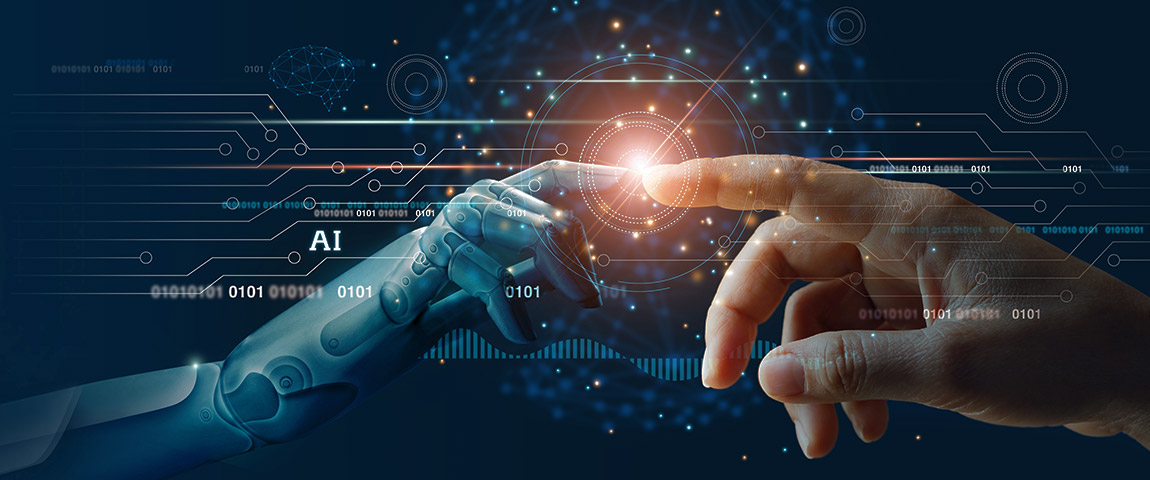
1. Star Trek :-
- The AI star of the movie is Lieutenant Commander Data, a sentient, self-aware android who serves as a senior officer aboard the USS Enterprise. This AI-powered super brain is also equipped with an emotion chip that simulates human emotions. This makes Data a human-like droid that can feel like us, but with an enlightened brain that can calculate risks better than any human.
2. The Terminator:-
- The Terminator is one of the most popular movies when it comes to portraying the bleak future of a world where AI suddenly turns evil and starts killing everyone. It illustrates the possibility of AI becoming an existential threat. In this film, Skynet, an AI system that sparks a nuclear holocaust sends back a cyborg assassin The Terminator to prevent the birth of John Connor who will spark a rebel group that fights against Skynet. This movie serves as a reminder to create an AI that is safe and to think twice about creating an AI that can wipe us out.
3. Morgan:-
- Morgan (Anya Taylor-Joy) is a bioengineered child who began walking and talking after one month of existence, exceeding the wildest expectations of her creators. When Morgan attacks one of her handlers, a corporate troubleshooter (Kate Mara) visits the remote, top-secret facility where she’s kept to assess the risks of keeping her alive. When the girl breaks free and starts running amok, the staff members find themselves in a dangerous lockdown with an unpredictable and violent synthetic human.
Ex Machina:-
- Ava is an AGI (Artificial General Intelligence) created by Caleb Smith, a genius programmer. AGI is an AI that possesses substantially greater skills and knowledge than a human being. Ava can converse just as well as we do and even manipulate the emotions of others. This film raises ethical concerns on treating and experimentation of self-aware robots such as Ava, which leads to a dark ending.
Robocop:-
- Robocop is said to be a movie that truly unmasks the ethics of AI. This is because Robocop is an amalgamation of AI and humans, which proves the fact that morality and ethics cannot be artificial or automated. Our underlying humanity still needs to be a part of the equation or consequences will follow. This relates to the dangers of weaponizing AI in the military (lethal autonomous weapon systems) and why regulations of AI use must be set in place to prevent misuse of AI.
List Of The Most Popular AI Companies Worldwide:-
Advantages And Disadvantages Of AI
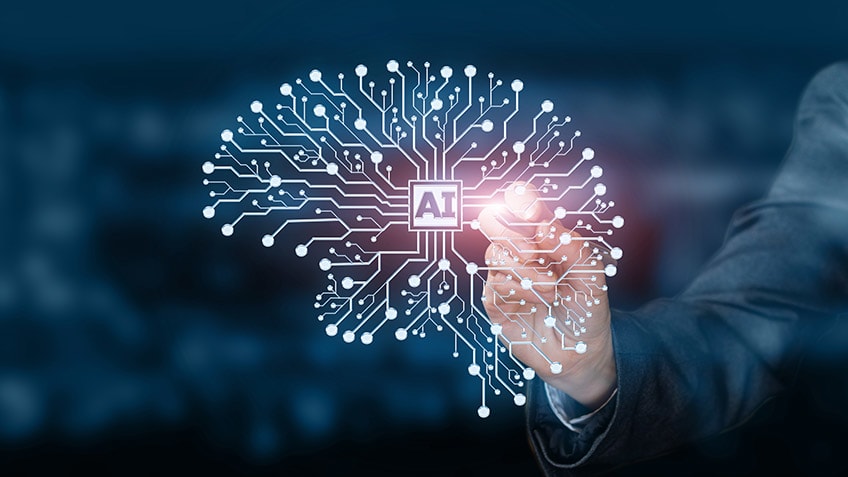
Advantages:-
- Good at detail-oriented jobs.
- Reduced time for data-heavy tasks.
- Delivers consistent results.
- AI-powered virtual agents are always available.
Disadvantages:-
- Expensive.
- Requires deep technical expertise.
- Limited supply of qualified workers to build AI tools.
- Only knows what it’s been shown.
- Lack of ability to generalize from one task to another.
Future Of AI
- One of the greatest technologies that made this possible are GPUs since we are more computational power now it is possible for us to implement AI in our daily aspects. A second most important reason is that we have a lot of data at present we are generating data at an immeasurable pace through social media so we need to find solutions that can help us to process this much data and help us derive useful insight so that we can grow business with the help of data. AI is trained on large data sets and big data enables us to do this more efficiently.
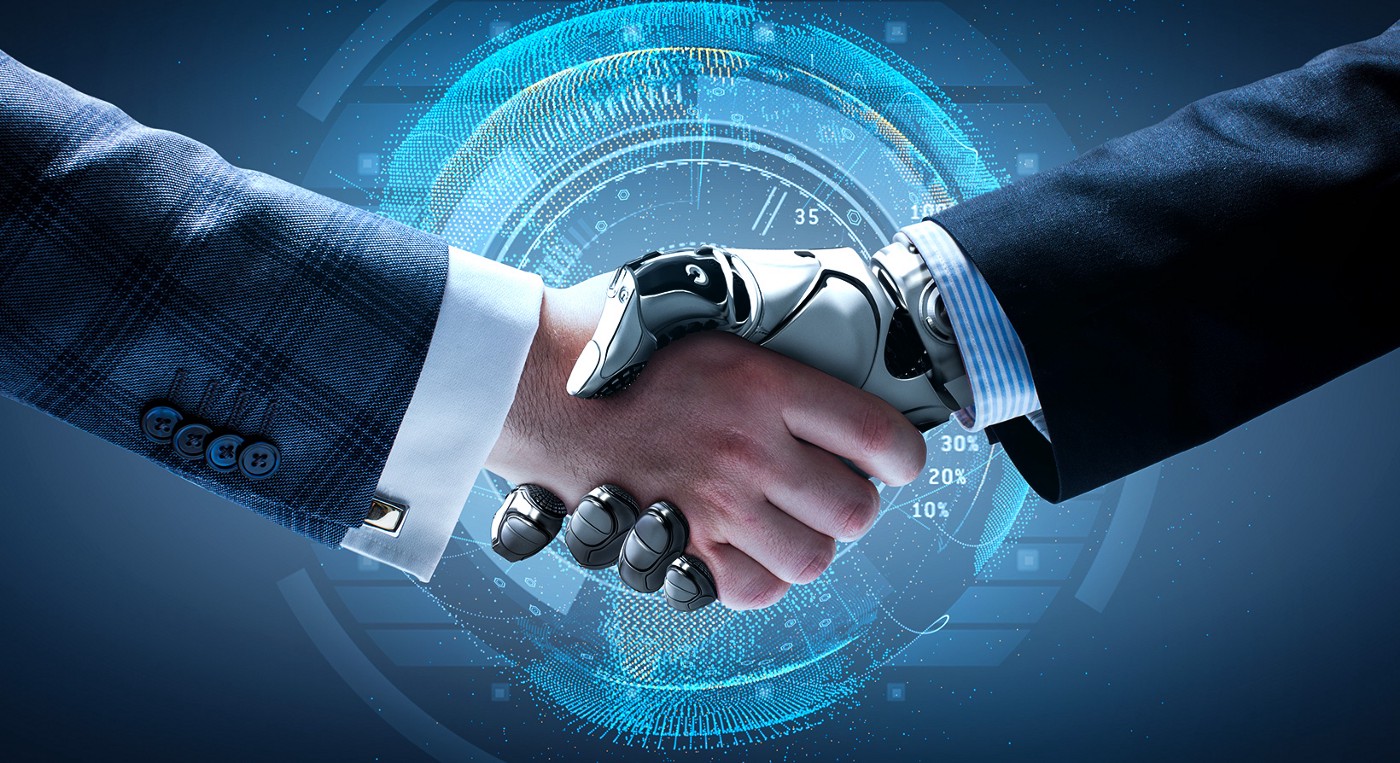
Next is we have better algorithms right now we have very effective algorithms which are based on the idea of neural networks it’s a concept behind deep learning, since we have better algorithms that do work with accuracy the demand for AI has increased.
Another reason is Universities and Government, startups are all investing in AI companies like Amazon, Goggle, Microsoft, and Facebook all these companies heavily investing in artificial intelligence.
AI is rapidly growing both as a field of study and also as an economy. The scope of Artificial Intelligence in India is still in the adoption stage but slowly it is being used to find smart solutions/ns to modern problems in almost all the major sectors such as Agriculture, Healthcare, Education and Infrastructure, Transport, Cyber Security, Banking, Manufacturing, business, Hospitality, Entertainment.
Conclusion:-
- Artificial Intelligence makes our lives more efficient every day AI powers many programs and services that help us do everyday things such as connecting with friends, using an email program, or using a ride-share service, social media platforms, and marketing, etc. There are so many amazing ways of artificial intelligence and machine learning is used behind the scenes to impact our everyday lives. AI assists in every area of our lives, whether we’re trying to read our emails, get driving directions, get music or movie recommendations or anything. There are also some advantages and disadvantages of Artificial Intelligence. Every new invention will have both side, but we as humans need to take care of that and use the positive sides of the invention to create a better world. Artificial intelligence has massive potential advantages.
Top 13 Interesting Facts About Artificial Intelligence
Legends of 21 century like Stephen Hawking & others have signed open letters urging researchers to not create something which can’t be controlled.
The Chinese government uses financial incentives to encourage private companies to work on AI development.
Microsoft, along with other collaborators, will host the 3rd online workshop on video analytics and intelligent edges at the beginning of 2022.
In 2020, only 9% of firms reporting use AI tools like machine learning and voice recognition.
According to a study by Bespoken, Google’s AI far excelled that of Alexa and Siri.
An AI-based system called “ROBO FARMERS” can soon grow crops without requiring their controllers to ever set foot in the field.
1991 U.S. forces deploy DART, an automated logistics planning and scheduling tool, during the Gulf War.
1972 The logic programming language PROLOG is created.
Kismet is a robot head made in the 1990s at the Massachusetts Institute of Technology by Dr. Cynthia Breazeal.
The name Kismet comes from a Turkish word meaning “fate” or sometimes “luck“.
Kismet is a wireless network and device detector, sniffer, wardriving tool, and WIDS (wireless intrusion detection) framework.
Elon Musk believes that AI possesses the world’s greatest threat to humans.
Billionaire Dmitry Itskov pledged to create immortal humans by 2045. He wants to achieve this feat by using AI in artificial bodies.
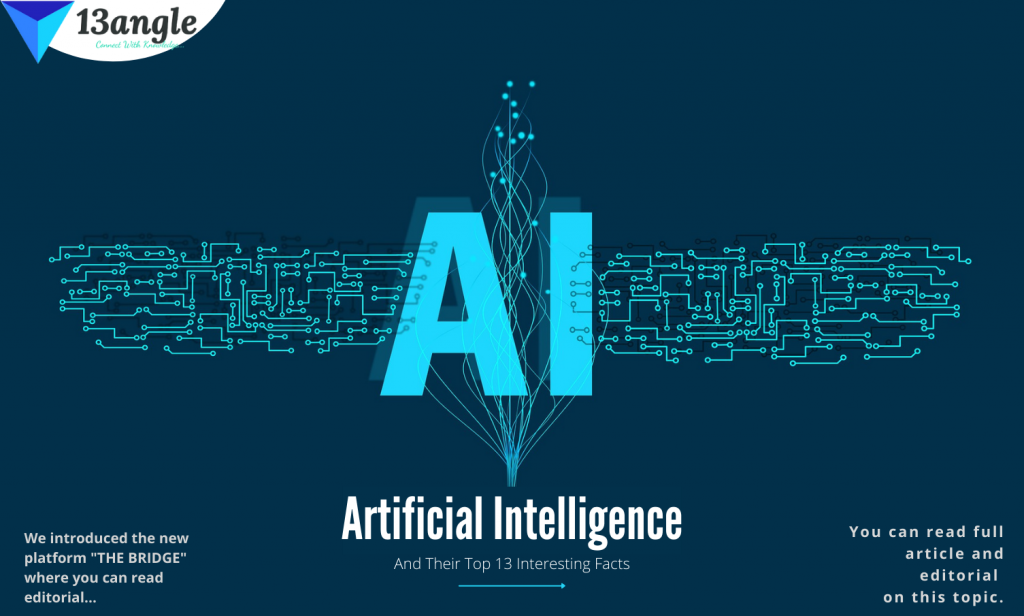
Click the button below to know our writer opinion:



